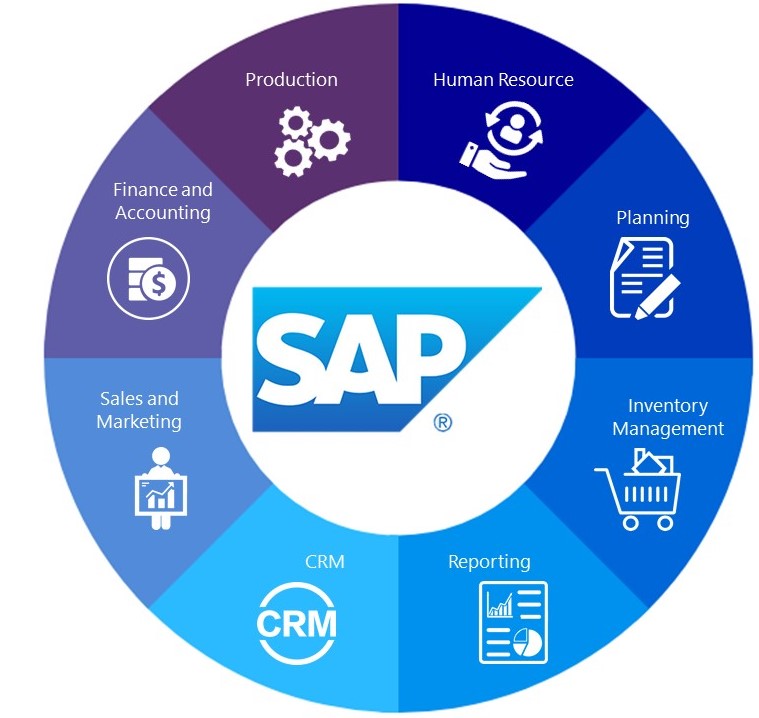ERP Overview
ERP Overview
One of the reasons for ERP’s success is that since it is a standard package, it can be configured in multiple areas and adapted to the specific needs of a company. To support those needs, ERP includes a large number of business functions, leaving room for further functionality and enhancements or adaptability to business practice changes.

More and more, corporations are deciding to use standard software systems that are highly flexible and configurable and able to support most of their business practices and information needs. This kind of package leaves the development of custom software only for exceptional cases.
In recent years, companies have replaced dozens of legacy systems and years of business data with a new ERP system to address the integration and modernization of daily transactions that run the business. As part of this process, they redesigned business processes and often developed new process measurements.
The efficiency of ERP software in solving the information management problems of businesses around the globe have made its system the clear market leader in standard applications. In the face of increased pressures due to globalization and rapidly changing markets, these ERP customers have felt an increased need to use information as a competitive advantage for decision making while constantly monitoring and improving their business processes.
ERP being the facilitating ERP system ensured that such organization are able to gather data, execute transactions, and store data. Latest ERP technologies such as BI ensured that gathering data out of the ERP systems is as easy. They also require new data views to facilitate comparative studies and measurement of performance in order to increase their ability to achieve their tactical and strategic objectives.